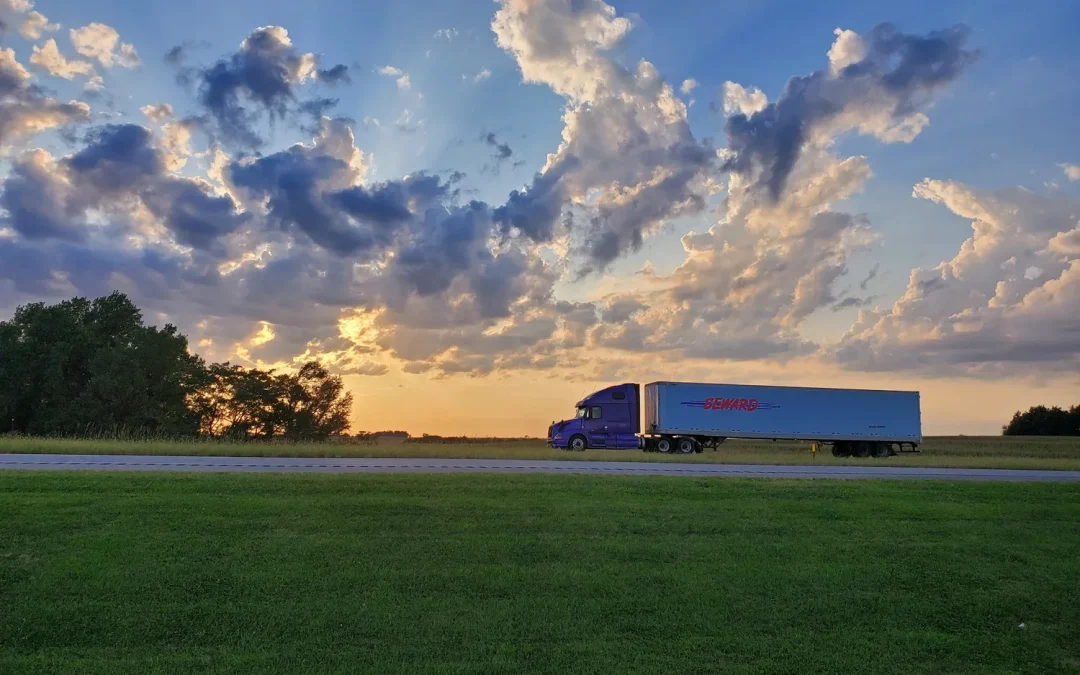Trucking is an integral part of the economy. The industry is responsible for transferring goods and products from one location to another, with trucks making up over 70% of all consumer goods in the United States. Long-haul truckers are responsible for bringing these goods across state borders. Sometimes, they even drive cross-country to pick up or deliver goods.
Long-haul Truck Driving
There is an increasing demand for long-haul truckers, making them a crucial part of the supply chain. Without truck drivers, groceries and consumer stores would run low on supplies. Such shortages will then give way to various other economic problems:
- Overpricing
- Looting
- Hoarding
- Public Disturbances
That is why long-haul truck drivers journey vast distances to ensure that goods are properly supplied to those needing them. They regularly cover a 250-mile radius, at times going well beyond that. Surveys show that distances over 1,000 miles are the most enjoyable for truck drivers.
Long-haul Trucker Responsibilities
The responsibility of a long-haul trucker goes beyond driving the vehicle. They must oversee and ensure that the cargo is loaded correctly. Each shipment is unique, with varying considerations like temperature monitoring and additional safety for delicate loads.
Most truckers are responsible for maintaining their vehicles as well. They must inspect fluid levels, tire pressure, and overall performance to ensure their vehicles are roadworthy. A well-maintained truck can lower fuel costs, increase vehicle lifespan, and reduce the probability of breakdowns and crashes.
A truck’s cleanliness gives clients a glimpse of the driver. Rolling into a warehouse with a clean truck showcases professionalism and attention to detail.
What is the Difference Between Long and Short-haul Trucking
The primary difference between short and long-haul trucking is the distance they cover. The former deals mostly with deliveries within the state or between nearby cities.
Another difference is that short-haul truckers normally load and unload multiple times daily. While long-haul truck drivers may load one day and then unload cargo the next or two days later, depending on their route.
Perhaps the primary difference between the two is the lifestyle that comes with them. Short-haul drivers work within their vicinity, so they get to go home after their shift. On the other hand, long-haul truckers spend much of their time on the road and away from home.
The life of a long-haul truck driver may entail being away from home for weeks at a time. They would live in their truck, eat at highway stops, and have little social interaction. For these reasons, it is the kind of job that attracts people who prefer to keep to themselves.
How to Become a Long-haul Truck Driver
To become a long-haul truck driver, the requirements are as follows:
- Have a valid commercial driver’s license with proper endorsements
- Attend a professional driving school (preferred)
- 21 years old
These are the most common, though each company will have its own set of requirements. If you want to learn more about becoming a long-haul truck driver, you can contact us at Seward Motor Freight, and we will guide you through your journey!


